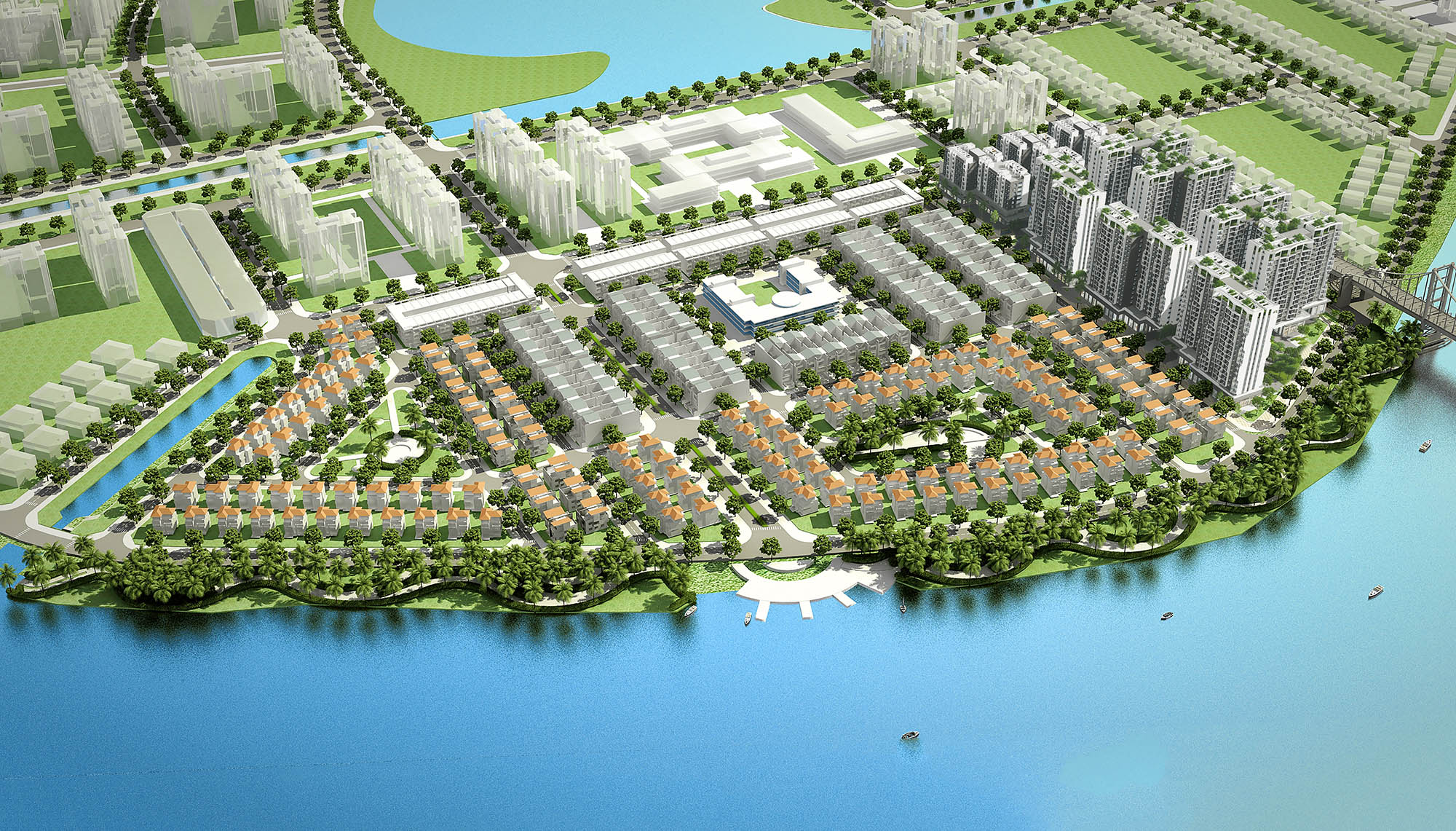Dự án phát triển kinh tế xã hội gồm những dự án nào?
Trả lời:
Theo quy định tại Điều 62 Luật Đất đai 2013 gồm các dự án sau:
1. Dự án do Quốc hội quyết định chủ trương đầu tư
Thực hiện các dự án quan trọng quốc gia do Quốc hội quyết định chủ trương đầu tư mà phải thu hồi đất;
2. Dự án do Thủ tướng Chính phủ chấp thuận, quyết định đầu tư
Thực hiện các dự án do Thủ tướng Chính phủ chấp thuận, quyết định đầu tư mà phải thu hồi đất, bao gồm:
– Dự án xây dựng khu công nghiệp, khu chế xuất, khu công nghệ cao, khu kinh tế; khu đô thị mới, dự án đầu tư bằng nguồn vốn hỗ trợ phát triển chính thức (ODA);
– Dự án xây dựng trụ sở cơ quan nhà nước, tổ chức chính trị, tổ chức chính trị – xã hội ở trung ương; trụ sở của tổ chức nước ngoài có chức năng ngoại giao; công trình di tích lịch sử – văn hóa, danh lam thắng cảnh được xếp hạng, công viên, quảng trường, tượng đài, bia tưởng niệm, công trình sự nghiệp công cấp quốc gia;
– Dự án xây dựng kết cấu hạ tầng kỹ thuật cấp quốc gia gồm giao thông, thủy lợi, cấp nước, thoát nước, điện lực, thông tin liên lạc; hệ thống dẫn, chứa xăng dầu, khí đốt; kho dự trữ quốc gia; công trình thu gom, xử lý chất thải;
3. Dự án do Hội đồng nhân dân cấp tỉnh chấp thuận
Thực hiện các dự án do Hội đồng nhân dân cấp tỉnh chấp thuận mà phải thu hồi đất bao gồm:
– Dự án xây dựng trụ sở cơ quan nhà nước, tổ chức chính trị, tổ chức chính trị – xã hội; công trình di tích lịch sử – văn hóa, danh lam thắng cảnh được xếp hạng, công viên, quảng trường, tượng đài, bia tưởng niệm, công trình sự nghiệp công cấp địa phương;
– Dự án xây dựng kết cấu hạ tầng kỹ thuật của địa phương gồm giao thông, thủy lợi, cấp nước, thoát nước, điện lực, thông tin liên lạc, chiếu sáng đô thị; công trình thu gom, xử lý chất thải;
– Dự án xây dựng công trình phục vụ sinh hoạt chung của cộng đồng dân cư; dự án tái định cư, nhà ở cho sinh viên, nhà ở xã hội, nhà ở công vụ; xây dựng công trình của cơ sở tôn giáo; khu văn hóa, thể thao, vui chơi giải trí phục vụ công cộng; chợ; nghĩa trang, nghĩa địa, nhà tang lễ, nhà hỏa táng;
– Dự án xây dựng khu đô thị mới, khu dân cư nông thôn mới; chỉnh trang đô thị, khu dân cư nông thôn; cụm công nghiệp; khu sản xuất, chế biến nông sản, lâm sản, thủy sản, hải sản tập trung; dự án phát triển rừng phòng hộ, rừng đặc dụng;

– Dự án khai thác khoáng sản được cơ quan có thẩm quyền cấp phép, trừ trường hợp khai thác khoáng sản làm vật liệu xây dựng thông thường, than bùn, khoáng sản tại các khu vực có khoáng sản phân tán, nhỏ lẻ và khai thác tận thu khoáng sản.
ENGLISH VERSION
Question: We often hear the media mentioning that land acquisition to implement socio-economic development projects for the national and public benefit can be forced to recover land if it is not voluntary allocation. So what are the land acquisition projects for socio-economic development for the national and public benefit?
Answer:
According to the provisions of Article 62 of the Land Law 2013, the following projects include:
1. Projects whose investment policies are decided by the National Assembly
Implement important national projects whose investment policies are decided by the National Assembly but require land recovery;
2. Projects approved and invested by the Prime Minister
Implementing projects approved by the Prime Minister or investment decisions that require land recovery, including:
– Projects to build industrial parks, export processing zones, high-tech zones, and economic zones; new urban areas, investment projects using official development assistance (ODA) capital;
– Projects to build headquarters of state agencies, political organizations, and central socio-political organizations; headquarters of foreign organizations with diplomatic functions; historical-cultural relics, ranked scenic spots, parks, squares, monuments, memorial stele, national public works;
– Projects to build national technical infrastructure including transportation, irrigation, water supply, drainage, electricity, and communications; petroleum and gas transmission and storage systems; national reserve; waste collection and treatment works;
3. Projects approved by the Provincial People’s Council
Implementing projects approved by the Provincial People’s Council that require land recovery include:
– Projects to build headquarters of state agencies, political organizations, and socio-political organizations; historical-cultural relics, ranked scenic spots, parks, squares, monuments, memorial stele, local public works;
– Projects to build local technical infrastructure including transportation, irrigation, water supply, drainage, electricity, communications, and urban lighting; waste collection and treatment works;
– Construction projects serving common activities of the residential community; resettlement projects, student housing, social housing, official housing; construction of religious establishments; cultural, sports, and entertainment areas serving the public; market; cemeteries, graveyards, funeral homes, crematoriums;
– Projects to build new urban areas and new rural residential areas; beautification of urban areas and rural residential areas; industrial clusters; concentrated agricultural, forestry, aquaculture and seafood production and processing zones; projects to develop protective forests and special-use forests;
– Mineral exploitation projects licensed by competent authorities, except for cases of mining minerals for common construction materials, peat, and minerals in areas with scattered and small-scale minerals and mining. mineral exploitation.









